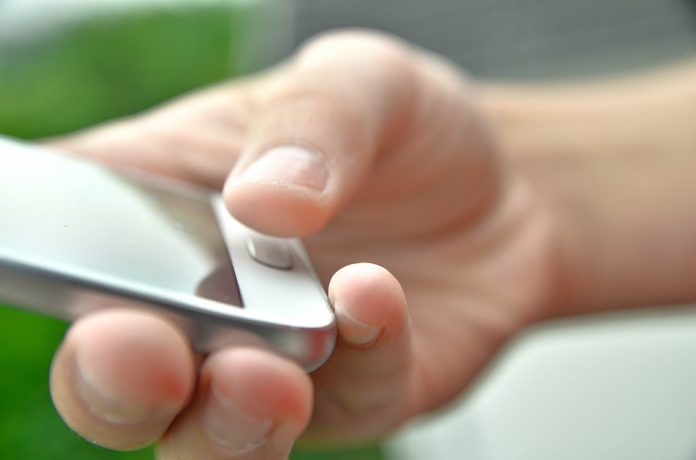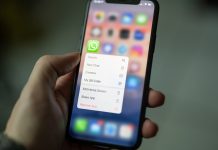Machine learning technology can allegedly be used to fake fingerprints, a new study from New York University researchers finds.
The research was based on the principal of creating a DeepMasterPrint which could fool systems into thinking an image of a fingerprint is real, and can be used for a number of different identities.
Its belief began with the fact some fingerprint scanners, due to small sizes, only need a partial image of a fingerprint in order to provide access. A small section of a fingerprint is a lot less distinctive than the whole print and can more easily be matched with an incorrect fingerprint, the report claims.
On the basis of this, MasterPrints were created which are a set of real or synthetic fingerprints which can fortuitously match with a wide range of other prints. This system does not generate prints and so the researchers sought to build DeepMasterPrints which generates images that are visually similar to natural fingerprint images.
Through the report, the researchers developed a neural network full of these computer generated prints. Its machine learning technology can scan the database to find the best DeepMaterPrint needed for the fingerprint scans.
The researchers were able to spoof 23 per cent of the subject fingerprints within its database at a 0.1 per cent false match rate. At a one per cent false match rate, the fake prints could spoof 77 per cent of the subjects, the report states.
Copyright © 2018 RegTech Analyst









